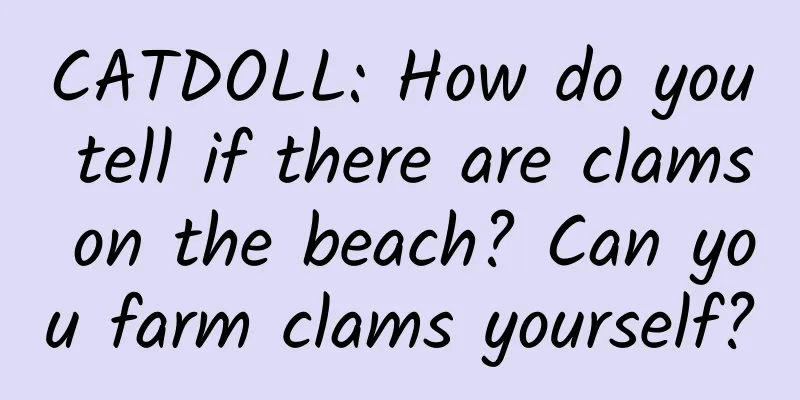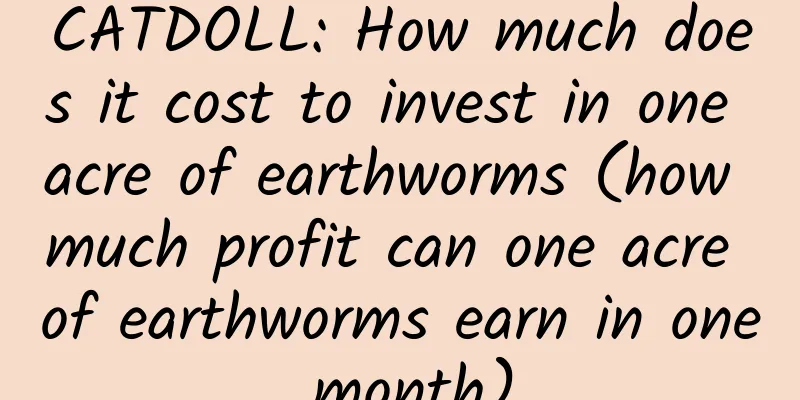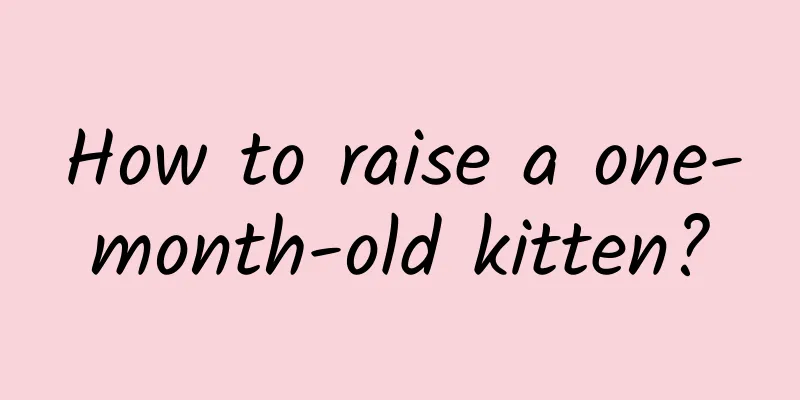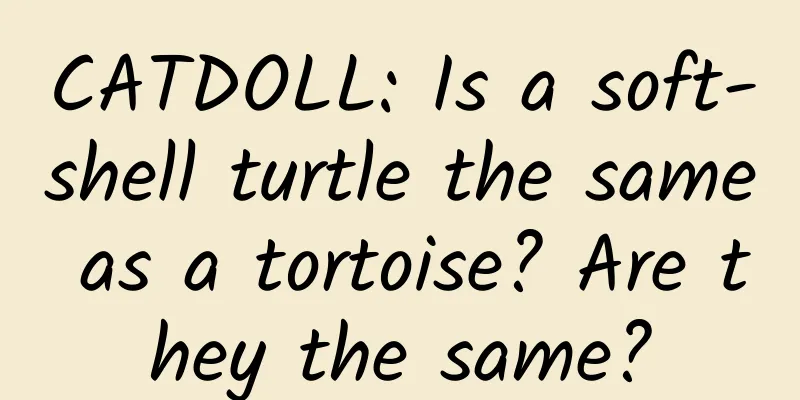CATDOLL : CATDOLL: There are many species of wild bees in rural areas. Which ones pose a threat to humans and livestock?
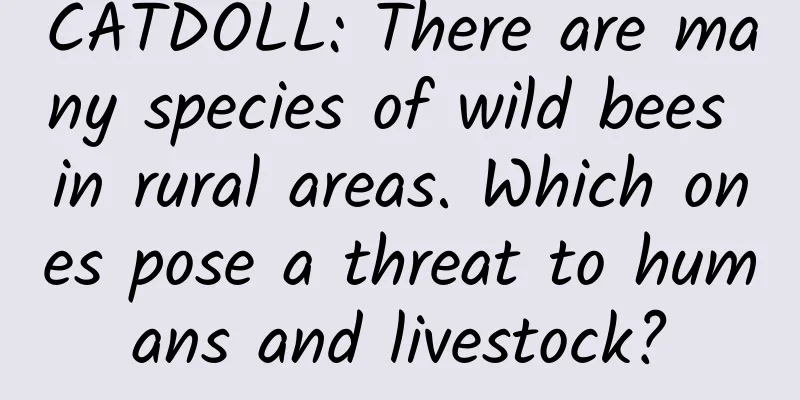
|
In fact, strictly speaking, many bee species are poisonous. Except for stingless bees, all bees with a sting will secrete toxins, which are more or less threatening to humans and animals, but the degree of threat varies. Distribution of venomous bees In fact, the distribution of so-called poisonous bees is not necessarily limited to rural areas. In many cities with large green areas and abundant nectar sources, wild bees are also distributed. Many urban media have reported news about bees entering residents' homes. Therefore, poisonous bees are not necessarily only distributed in rural areas, but also widely distributed in urban suburbs, and they should also be taken seriously. The most venomous bee that harms humans and animals Many friends have always regarded large wasps such as golden ringed hornets and black tailed hornets as the main hornets that attack humans and animals, but the Bee Tribe believes that this idea is problematic, because golden ringed hornets and black tailed hornets rarely build nests in low places, and most of them build nests on tall trees. They will not easily attack humans and animals unless people take the initiative to provoke them. The same is true for those in the soil holes. As long as we find them and leave quickly, they are generally not easily stung. Two types of small wasps that are more dangerous First: Long-legged wasp In addition to large wasps, the Bee Tribe believes that there are two main types of small wasps that are likely to attack humans and animals. One is the one shown in the picture below, which is called the long-legged wasp in our local area. The Bee Tribe believes that this type of wasp is most likely to attack humans and animals because it is easy to build nests under low stone slabs, on crop poles, and under eaves. It is generally not easy to find and will easily attract a large number of wasps to attack. Second: Shit Bee In addition to the long-legged bee mentioned above, there is another smaller one, which is black in color. Its living habits are the same as those of the long-legged hornet, but the colony is generally small in number, and its toxicity is not as strong as that of the long-legged hornet. It is also the most likely to threaten humans and animals. Bees all have stings, and any bee with a sting is a threat to humans and livestock, but some bees have stings that are more severe, so those stings are more threatening. The most likely hornet to attack humans and animals is the long-legged hornet, because this type of hornet tends to build nests under low stone slabs, on crop poles, and under eaves. They are generally not easy to find and can inadvertently attract large numbers of hornet attacks. Generally no threat unless you provoke them Generally speaking, there is no big threat |
<<: CATDOLL: When will the maggots in the refrigerator hatch?
>>: CATDOLL: How to manage the egg-laying insects of earthworms?
Recommend
CATDOLL: How to quickly grow a tree in Ant Forest
1. How does Ant Forest quickly grow a tree? Accor...
CATDOLL: How to breed red worms without polluting the environment (How to breed red worms without polluting the environment)
1. What are the breeding techniques for red worms...
CATDOLL: How flies reproduce
How do flies reproduce? Under suitable temperatur...
What to do if the big cat has milk but no kittens to feed it
The solution to a mother cat with engorged milk b...
What foods should Turkish Van Cordis cats avoid?
Foods that Turkish Van Cordis cats should avoid: ...
CATDOLL: What is the difference between Chinese shrimp and whiteleg shrimp?
What is the difference between Chinese shrimp and...
CATDOLL: Where can I buy earthworms?
1. Where can I buy earthworms? Fishing tackle sho...
CATDOLL: I have a freshwater silver pomfret. Is it easy to raise? Does it grow fast? How big can it grow? The fish really looks like a piranha. The boss fooled me into thinking it was a piranha.
1. I have a freshwater silver pomfret. Is it easy...
CATDOLL: Is the Monster Adidas headset genuine? Is it a collaboration with Adidas or is it a knockoff?
1. Is the Monster Adidas headset genuine? Is it a...
CATDOLL: What happened to the beekeeping community after residents complained and the homeowner had no choice but to give the bees away overnight?
1. What happened when residents complained about ...
CATDOLL: What should I do if my pet pufferfish gets sick?
1. What should I do if my pet puffer fish gets si...
CATDOLL: What bait is most likely to catch bass?
1. What bait is most likely to catch perch? It is...
CATDOLL: What does bamboo fish eat?
What does bamboo fish eat? 1. What does the bambo...
CATDOLL: What is the salinity level at which mantis shrimp can survive?
The larvae of mantis shrimp have a wide adaptabil...
CATDOLL: How much does a pound of eel seedlings cost?
1. How much does a pound of eel fry cost? The pri...
